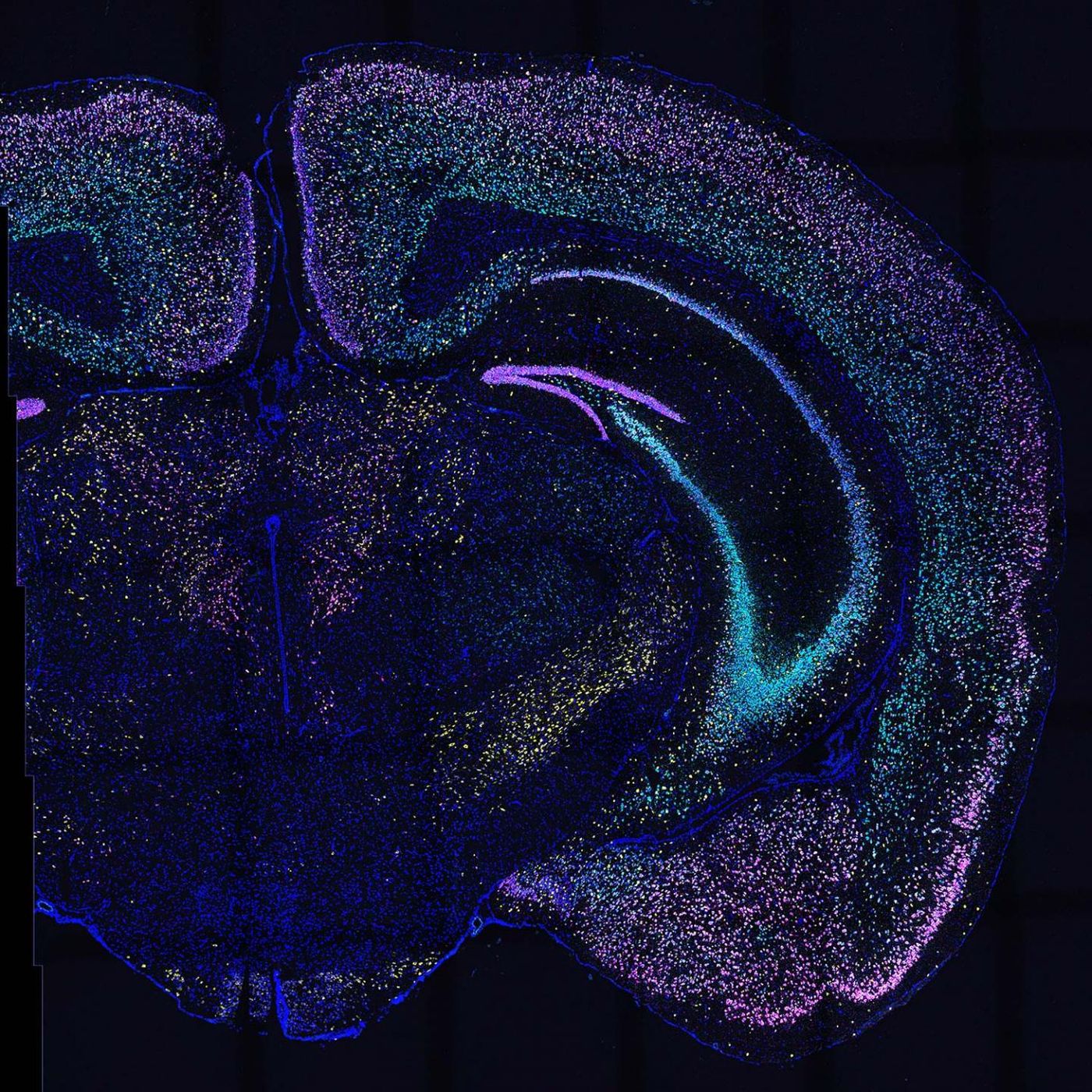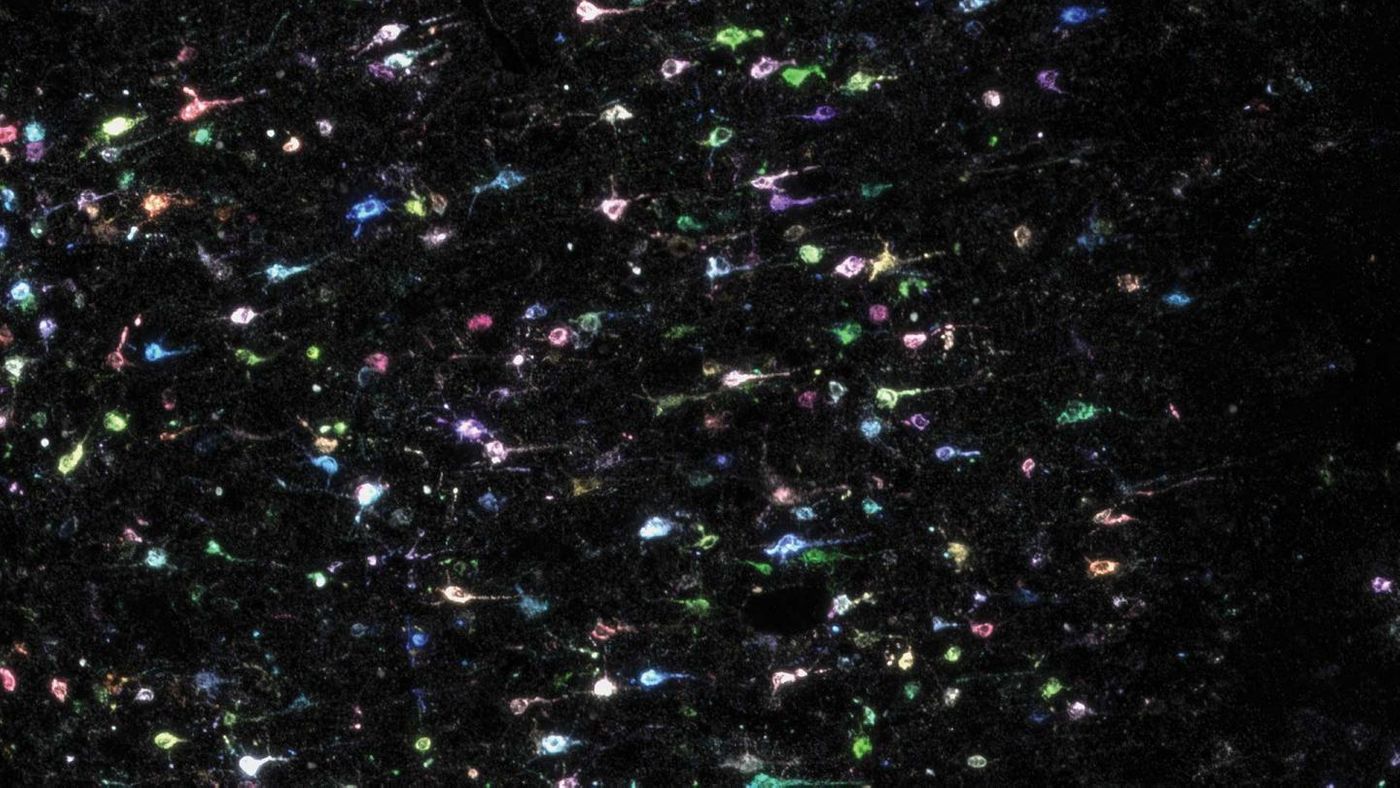Diagramming Connections in the Brain with Barcodes
The billions of neurons in the human brain form a complex network that researchers have been trying to understand for decades. Scientists have now created a method for labeling connections in the brain by barcoding neuronal cells. Short sequences of RNA get added to the cells to act as the barcodes. The tool, called BARseq2, enables scientists to label visualize thousands of brain circuits at the same time, so all the links can be seen. The work has been reported in Nature Neuroscience.
The technique is different from traditional methods that rely on stains and dyes, Preparing brain cells for staining procedures can also introduce artifacts and disrupt the connections in the tissue's cells.
"The idea here is that instead of labeling each neuron with a fluorescent dye, we fill it up with a unique RNA sequence, and we call this an RNA barcode. You can sequence the barcode to read out where that neuron sends its projection. You can label like tens of thousands of neurons, all at the same time, and you can still distinguish which axon comes from which neuron," explained study co-author Xiaoyin Chen, a postdoctoral scholar at Cold Spring Harbor Laboratory (CSHL).
BARSeq2 is an improved version of BARseq. A few steps have been added so that naturally occurring genes can be illuminated with the same kind of DNA sequencing chemistry that's used to visualize the RNA barcodes.
"These differences in gene expression usually reflect something that these neurons are doing. For example, if a neuron expresses certain receptors, you will be able to respond to whatever those receptors receive. So compared to anyone that doesn't have those receptors, they will respond differently to certain signals," noted Chen.
BARseq2 can help researchers look at the brain's structure while also investigating its physiological functions. Sun, formerly a tech in Professor of Neurosciences Anthony Zador's lab, now a graduate student at New York University, uses a car as an analogy to the brain; "you look at all aspects, from the physical and electrical properties to the way each piece links together. Similarly, to understand how the brain works, you have to look at all the different aspects of each neuron, including each neuron's location in the brain, gene expression, and connection to other neurons."
This research is one aspect of the BRAIN Initiative Cell Census Network, an NIH-funded project aiming to create a cell atlas for human, mouse, and non-human primate brains.
Sources: AAAS/Eurekalert! via Cold Spring Harbor Laboratory, Nature Neuroscience










